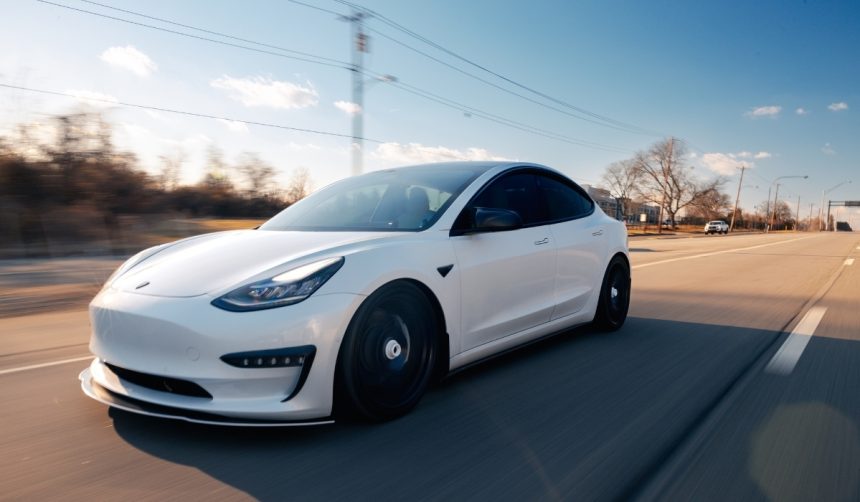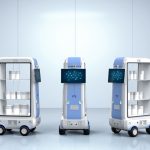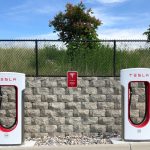Tesla has introduced its Robotaxi platform to a select group of users in Austin, Texas, marking the company’s first public deployment of driverless ride-hailing vehicles. This initial rollout involves the Model Y fleet operating within a defined zone of the city, and only members of the Early Access Program can use the service. Community anticipation for autonomous transportation has been high, and Tesla’s controlled launch aims to gather real-world data and feedback while maintaining strict safety supervision. Unlike traditional ride-hailing apps, passengers currently experience a novel form of mobility operated entirely by Tesla’s self-driving software, overseen for now by a safety rider positioned in the passenger seat. Testers report a smooth ride experience, and local interest continues to grow as the program hints at broader mobility opportunities.
Recent reports suggested Tesla’s self-driving initiatives were limited to private testing and company personnel, with regulatory hurdles delaying any public access. Publications covered previous pilot runs that required employee drivers or remote supervision, contrasting with the current public-facing pilot that includes direct involvement from outside stakeholders. Earlier test programs also operated on much smaller scales, both in terms of geography and vehicle numbers, and there was little clarity regarding rider involvement, app functionality, or the precise mechanics of Tesla’s Robotaxi experience. The latest development represents the first time non-employees in Austin can use the dedicated app to hail self-driving rides, giving the company broader user data and public visibility compared to earlier, more secretive efforts.
How Is Tesla’s Robotaxi Platform Structured?
Tesla’s Robotaxi offering employs a fleet of Model Y vehicles, currently geofenced to a limited area of Austin. Users participating in the Early Access Program use the main Tesla iOS app to request rides, and each vehicle employs onboard AI-based navigation to autonomously drive passengers. The current system requires a safety rider to sit in the passenger seat, instead of the driver’s seat, emphasizing Tesla’s precautions during the trial phase. Passengers can contact the company in real time if issues arise, but neither the cabin camera nor in-cabin microphone are active by default during rides. The company ensures intervention is possible when needed for rider support or incident documentation.
What Safety Measures Are in Place for Riders?
Tesla has implemented specific protocols for the Early Access participants. The company disables cabin cameras and microphones to protect rider privacy, yet these features can be activated for customer support situations.
“A safety rider is present in the vehicle to maintain the highest level of assurance for early testers during this phase,”
according to communications sent to users selected for the trial. By limiting rides to a single part of Austin and including human supervisors, Tesla seeks to balance innovation and safety as it gathers operational feedback.
How Will Tesla Expand the Robotaxi Service?
Currently, only a handful of cars—numbering between 15 and 20—operate within the city, but Tesla officials indicate plans to gradually increase the fleet and expand the operational map over time. This expansion will likely depend on the initial program’s performance, public response, and regulatory discussion. Observers have noted multiple Robotaxi vehicles on Austin’s roads in recent weeks, signaling Tesla’s approach of scaling cautiously rather than launching widely on day one. The measured rollout provides both safety data and direct user experiences, informing future iterations of the autonomous service.
Tesla’s entry into the public ride-hailing sector with the Robotaxi platform marks a significant step in the company’s autonomous ambitions. By launching with Model Y vehicles in Austin, Tesla is able to combine existing production capabilities with self-driving software advancements. Unlike earlier pilots confined to employee fleets, the inclusion of third-party testers broadens the data pool and accelerates the path to potential larger-scale operations. Other leading mobility brands, including Waymo and Cruise, have also conducted early access programs and limited city launches, although each has charted unique paths in safety protocols and expansion strategies. Potential users should be aware that full autonomy in public settings remains under strict control and supervision, and operational limits are in place to ensure passenger well-being. For those interested in ride-hailing innovations or passive income through vehicle sharing, Tesla’s approach introduces a cautious, data-driven route toward widespread adoption.










